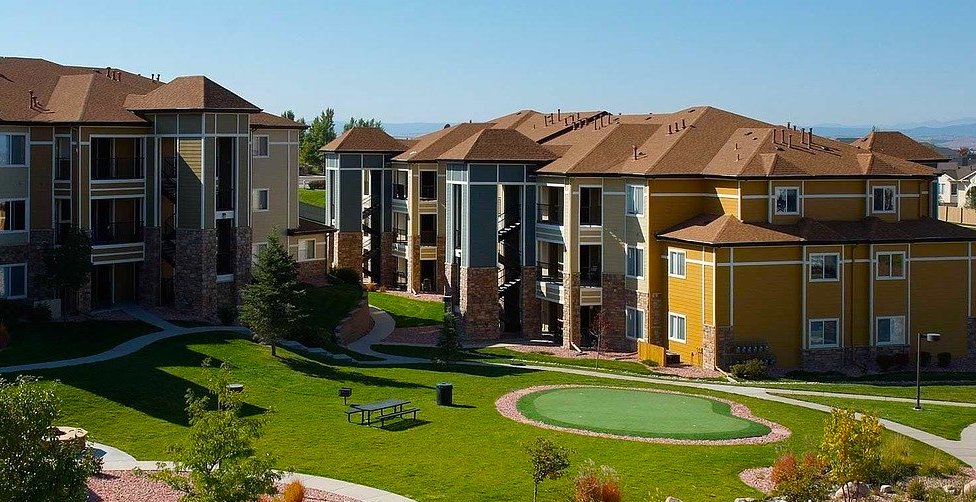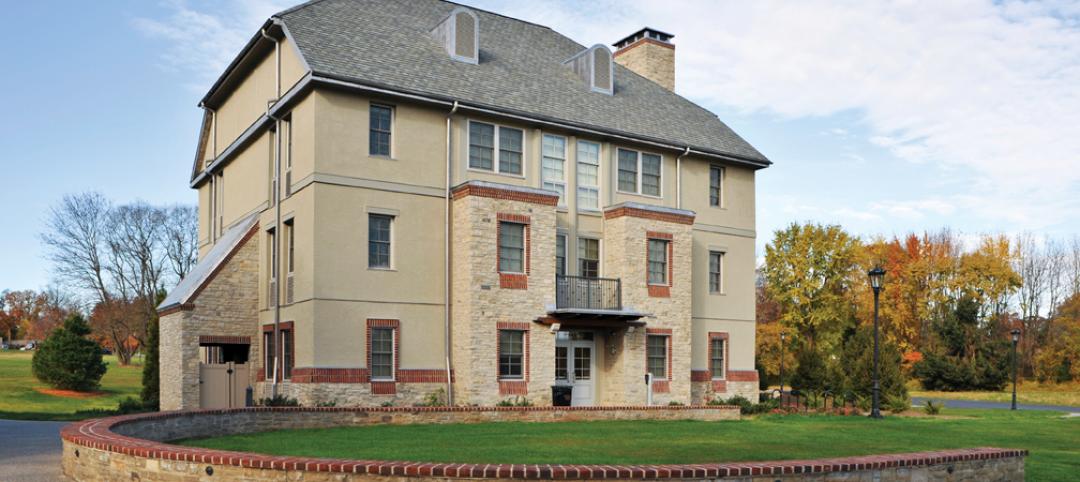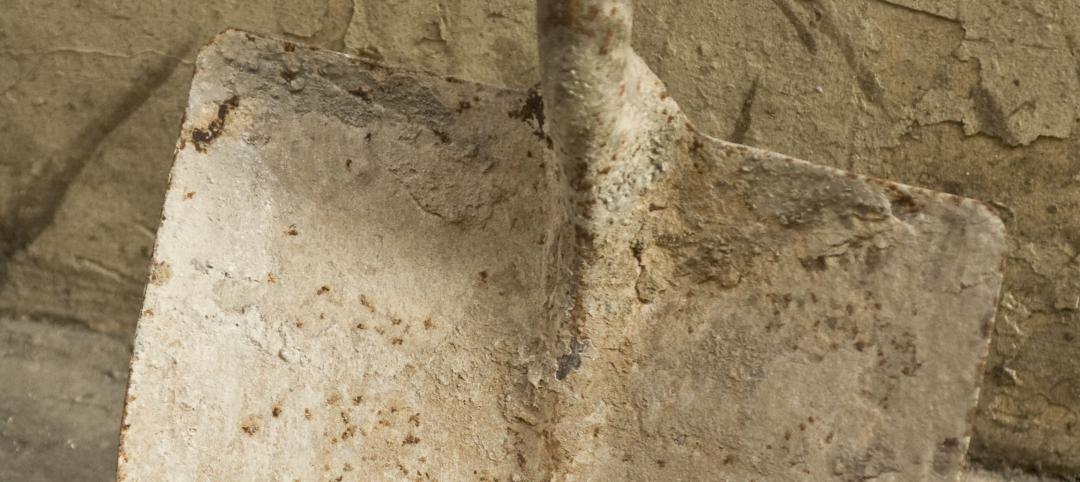Let me begin by saying, on behalf of all of us at Multifamily Design+Construction and our parent company, SGC Horizon, that I wish you and your family, friends, and coworkers well amid the turmoil of this terrible pandemic.
Turning to more mundane matters, multifamily seems to be one sector in the construction industry that’s holding its own. The AIA’s Architectural Billing Index for August showed multifamily at a three-month rolling index of 47.5—not great (a score above 50 indicates positive growth), but well above mixed-practice (44.0), institutional (39.5), and commercial/industrial (35.4). AIA Chief Economist Kermit Baker, PhD, Hon. AIA, ventured so far as to say that multifamily “came close to seeing billings growth for July” (the last month measured).
Some positives for multifamily housing
Baker’s opinion was confirmed by Brad Hunter, former Managing Director at RCLCO (now Principal at Hunter Housing Economics), in a segment (https://bit.ly/3lVZ1QM) of “The Weekly” (horizontv.bdcnetwork.com), our new streaming service (Thursdays, 1pm Eastern).
Citing RCLCO’s Mid-Year 2020 Sentiment Survey, Hunter said most analysts believed multifamily rental and active-adult housing had “already hit bottom,” although independent living and assisted living/memory care were “still in full downturn mode.”
In speaking to many multifamily architects and contractors over the summer I came away with the feeling that, while their businesses had suffered a huge hit in March, April, and early May, conditions had started to brighten in late May and June—not gangbusters, to be sure, but steady improvement that continued into the Labor Day weekend.
Student housing in turmoil
I interviewed Mitch Dalton, Chief Director of Design at Core Spaces, in early July for “The Weekly” (https://bit.ly/3i6zzFB) about his company’s survey of 2,500 of its tenants—students who live in Core Spaces’ off-campus housing. Ninety percent said they wanted to come back to campus. Most (73%) said they would return to their off-campus apartments even if their institutions offered only online instruction. Most (60%) said they were dissatisfied with remote learning. Even so, four in five (80%) said they would rather study remotely in their college apartments than at home.
A month after my chat with Dalton, many of the nation’s more than 4,000 colleges and universities were still struggling with whether to open for in-person instruction, go fully remote, or try some sort of hybrid scheme. Most eventually went 100% online, but some, notably the University of North Carolina at Chapel Hill, opened up the campus, only to have to shut down a week later when clusters of Tar Heels started testing positive for the virus. What a mess. Let’s hope for a proven vaccine soon. Meanwhile, please keep safe, wear your mask (and PPE on the job site), wash your hands, and maintain a safe distance.
Related Stories
| Jul 22, 2011
Five award-winning modular innovations
The Modular Building Institute's 2011 Awards of Distinction highlight fresh ideas in manufactured construction projects.
| May 16, 2011
Autodesk and the USGBC announce multifamily design competition
Autodesk is partnering with the U.S. Green Building Council to sponsor the organization’s multifamily midrise design competition, which will give design professionals and students an opportunity to present their solutions to sustainable, multifamily midrise design.
| May 3, 2011
Would apartment shells help the housing market?
One reason the U.S. government pushed for homeownership is because it’s thought to reduce turnover and build strong communities. Owners have a vested interest in their properties whereas renters don’t—but what if were to change?
| Apr 12, 2011
Luxury New York high rise adjacent to the High Line
Located adjacent to New York City’s High Line Park, 500 West 23rd Street will offer 111 luxury rental apartments when it opens later this year.











